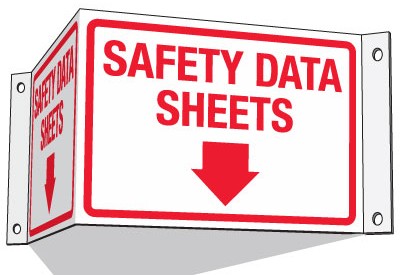 Last week, the Occupational Safety and Health Administration (OSHA) released updated Permissible Exposure Limits (PELs) for respirable crystalline silica. As a result of this updated ruling, the maximum allowed exposure concentration for respirable crystalline silica has been reduced to 50 micrograms per cubic meter of air (50 µg/m3).
Last week, the Occupational Safety and Health Administration (OSHA) released updated Permissible Exposure Limits (PELs) for respirable crystalline silica. As a result of this updated ruling, the maximum allowed exposure concentration for respirable crystalline silica has been reduced to 50 micrograms per cubic meter of air (50 µg/m3).
Workers who deal with respirable crystalline will now be protected from some of the nastier side effects of prolonged exposure to higher concentrations of the substance. Silica is a possible carcinogen, but effects of its exposure are not always immediately evident and so workers may find themselves with health effects several years after their initial exposure to a hazardous concentration.
The new PELs will help workers avoid these side effects, but will also disrupt some regular organizational procedures. Changing a regulation means that some safety data sheets (SDSs) will now become inaccurate. Because of this, all safety data sheets for products containing or intended for use as respirable crystalline silica will need to be updated in order to reflect the lowered exposure limits.
OSHA understands that not all companies and industries are immediately equipped to completely rehaul their safety data sheet inventory and exposure standards, and so has set up a staggered list of compliance dates for reducing the exposure limits. Construction companies have until June 23 of 2017 to meet the new standards, general and shipyard companies have until June 23 of 2018, and hydraulic fracturing companies also have until June 23 of 2018.
Changing to the reduced standard means protecting workers, and having accurate SDSs is important to making sure workers know when they are in danger. The sooner a company updates their SDS inventory to reflect the actual hazards in place under new regulations, the sooner workers will be able to understand the actual risk they are encountering while on the job.







